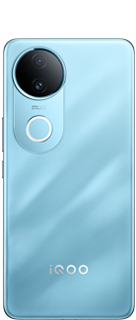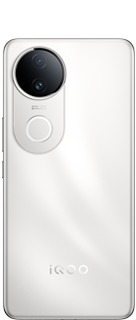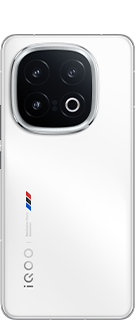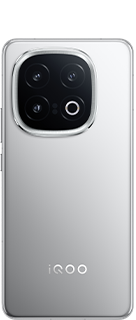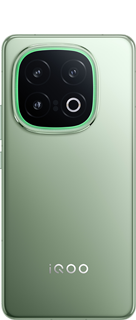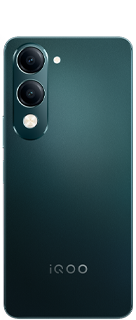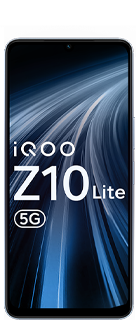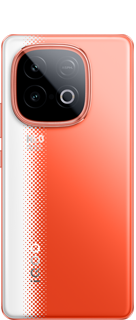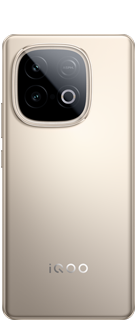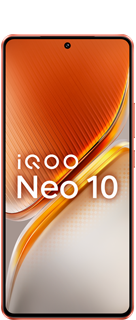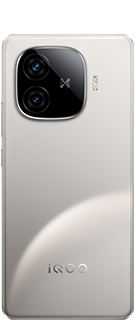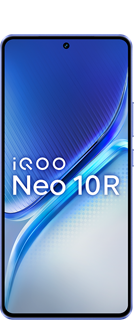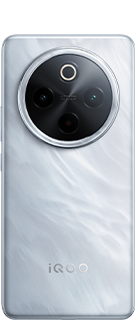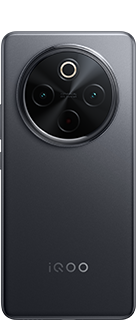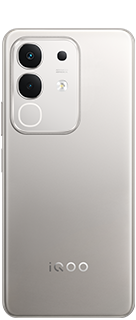#7 Decoding Smartphone Components | Motherboard | #KYP Know Your Phone
Hey Questers!
Welcome to the seventh post in the #KYP (Know Your Phone) series.
Today we dive into the Motherboard — often overlooked, but it’s the brain center where all smartphone components are connected and managed. It’s what holds everything together — literally and functionally!
🧠 What is a Smartphone Motherboard?
The Motherboard is a flat PCB (Printed Circuit Board) inside the phone that connects and integrates all essential components — CPU, GPU, RAM, Storage, Camera, Battery, Display, Antennas, Sensors, and more.
It manages the flow of data, communication between components, power supply routing, and signal processing.

Think of it like your phone’s central nervous system.
🧬 Quick History
- Early phones (pre-2010) had large, separate modules
- Modern phones use high-density multilayer PCBs with SoC integration
- Now, SoC (System on Chip) is directly soldered onto the motherboard
⚙️ What’s On the Motherboard?
ComponentRole
SoC (Processor + GPU)The brain – handles all tasks
RAM + Storage chipsMemory & app handling
Power IC / Charging ICControls battery input/output
Audio ICConverts digital to analog signals
Camera controllersManages camera inputs
Wi-Fi/Bluetooth/GPS modulesCommunication
SIM, microSD slotsNetwork & storage expansion
Sensors & connectorsTouch, proximity, gyroscope etc.

🧩 How It’s Designed
✅ Multi-layered PCB for compact design
✅ Thermal management – Copper/graphite sheets for heat dissipation
✅ High-speed traces – For data transmission
✅ Shielded zones – To avoid electromagnetic interference
Fun Fact:
A smartphone motherboard can be smaller than your palm but have millions of tiny solder points and up to 10+ PCB layers stacked inside!
🛠 iQOO Motherboard Design Highlights
- Custom heat dissipation systems like vapor chambers
- Integrated bypass charging support on PCB
- Precision-placed SoC, RAM, power ICs for thermal efficiency
- Gaming-centric layouts in iQOO Neo & 9/12 series for performance & cooling
🧠 Why It’s So Important
- Every function in your phone works because of the motherboard
- Faulty board = dead phone (hard to repair)
- Efficient layout = better thermals & performance
- Design choices here decide gaming, camera, and charging quality!

💡 Pro Tips
- Don’t expose your phone to high heat – motherboard can warp
- Water damage affects the motherboard most — be careful despite IP rating
- Never bend or open a phone without ESD protection — static can kill the board
That’s a wrap on today’s #KYP post!
Coming up next: #8 Decoding Sensors – proximity, gyroscope, in-display fingerprint, and more 🧭📐
💬 Drop your thoughts:
Did you ever wonder how everything fits into such a slim device? The motherboard makes it possible!
#iQOOCommunity #SmartphoneMotherboard #KYP #KnowYourPhone #TechSimplified #iQOOZ9 #iQOO12
@iQOO Connect @Ashu._.pandit__ @Jabir007 @Jash13 @Ayush_zapproxx @Sagar Medda66
Please sign in
Login and share
